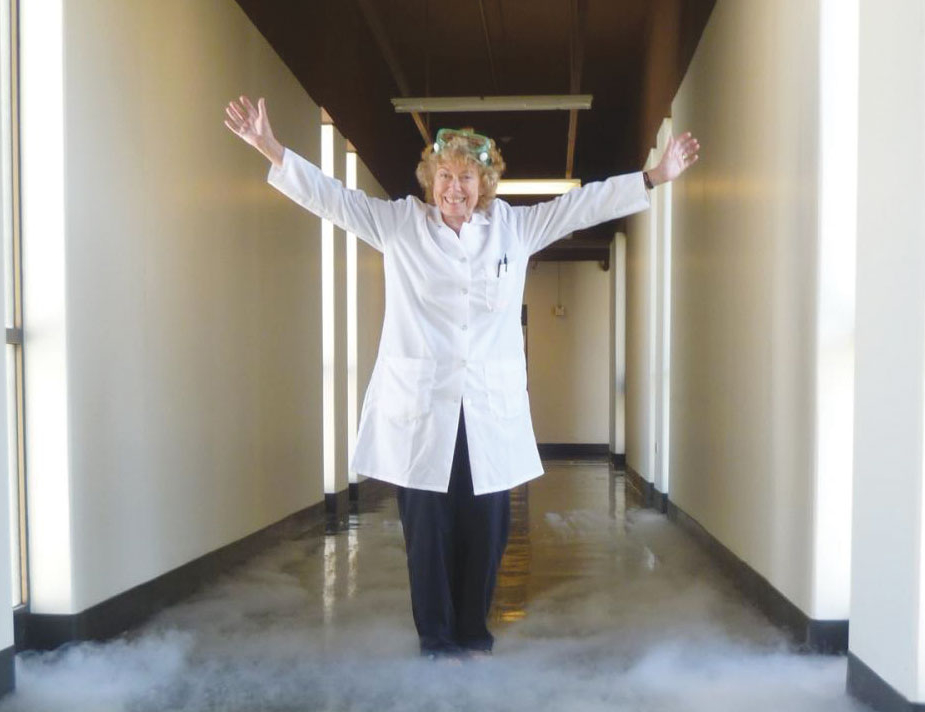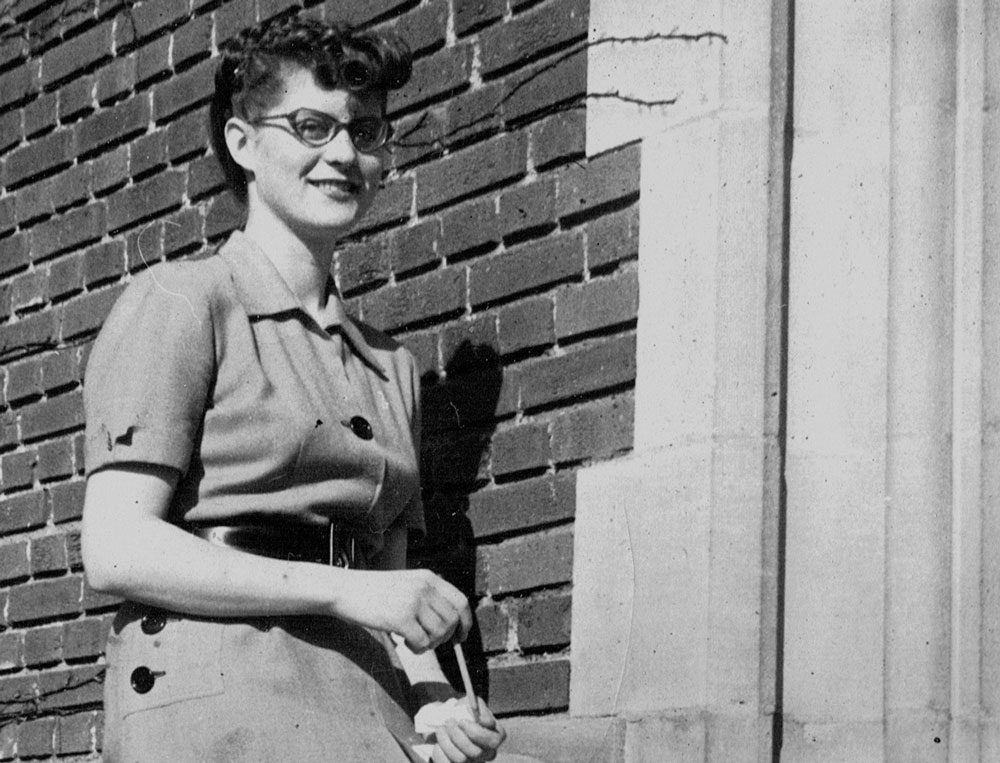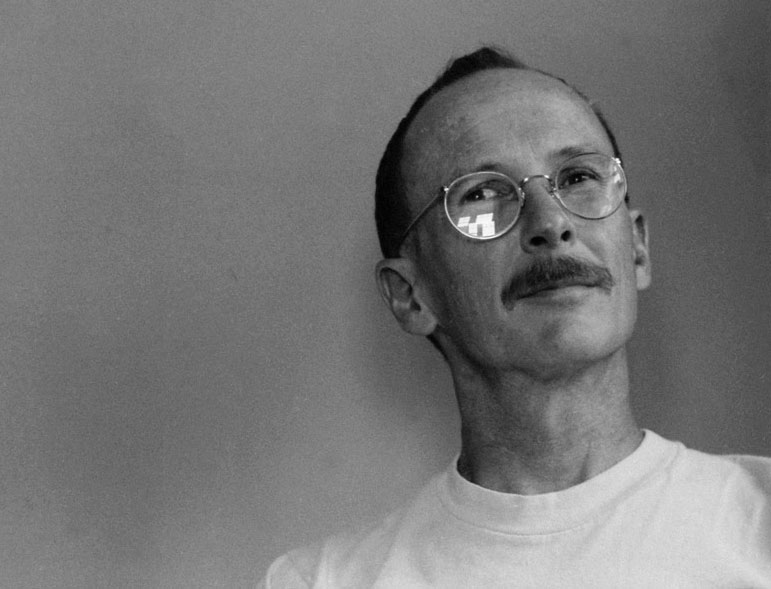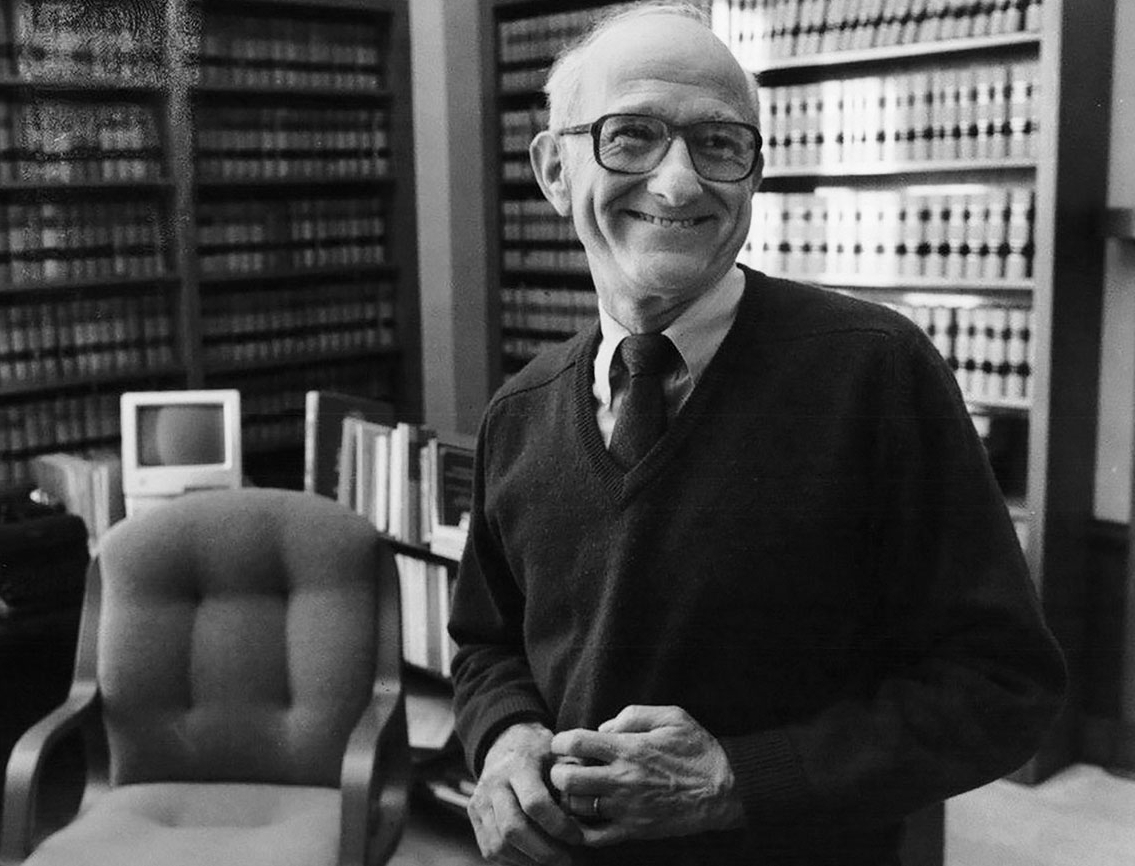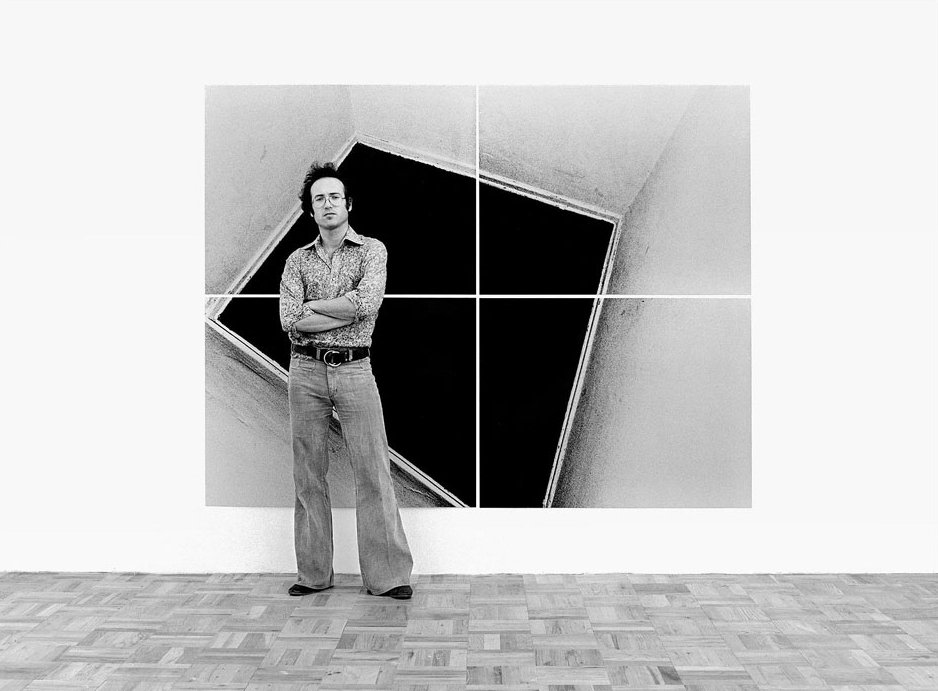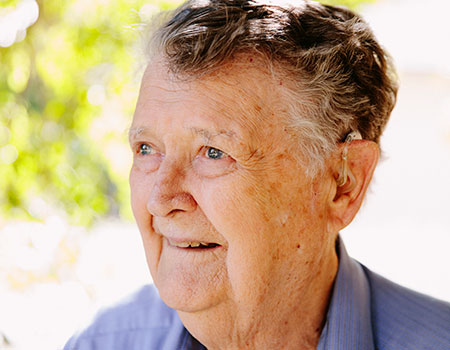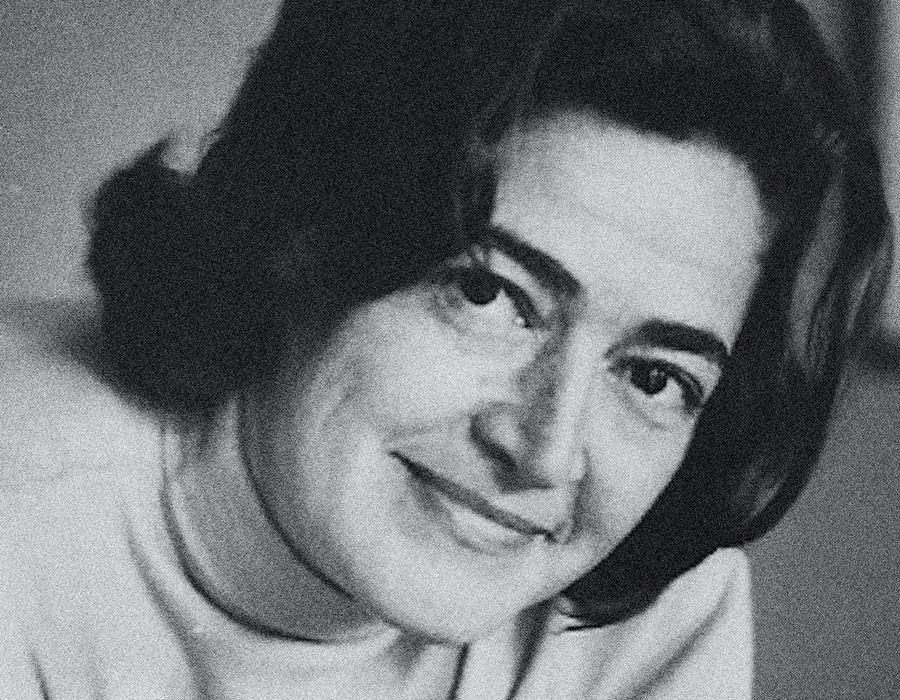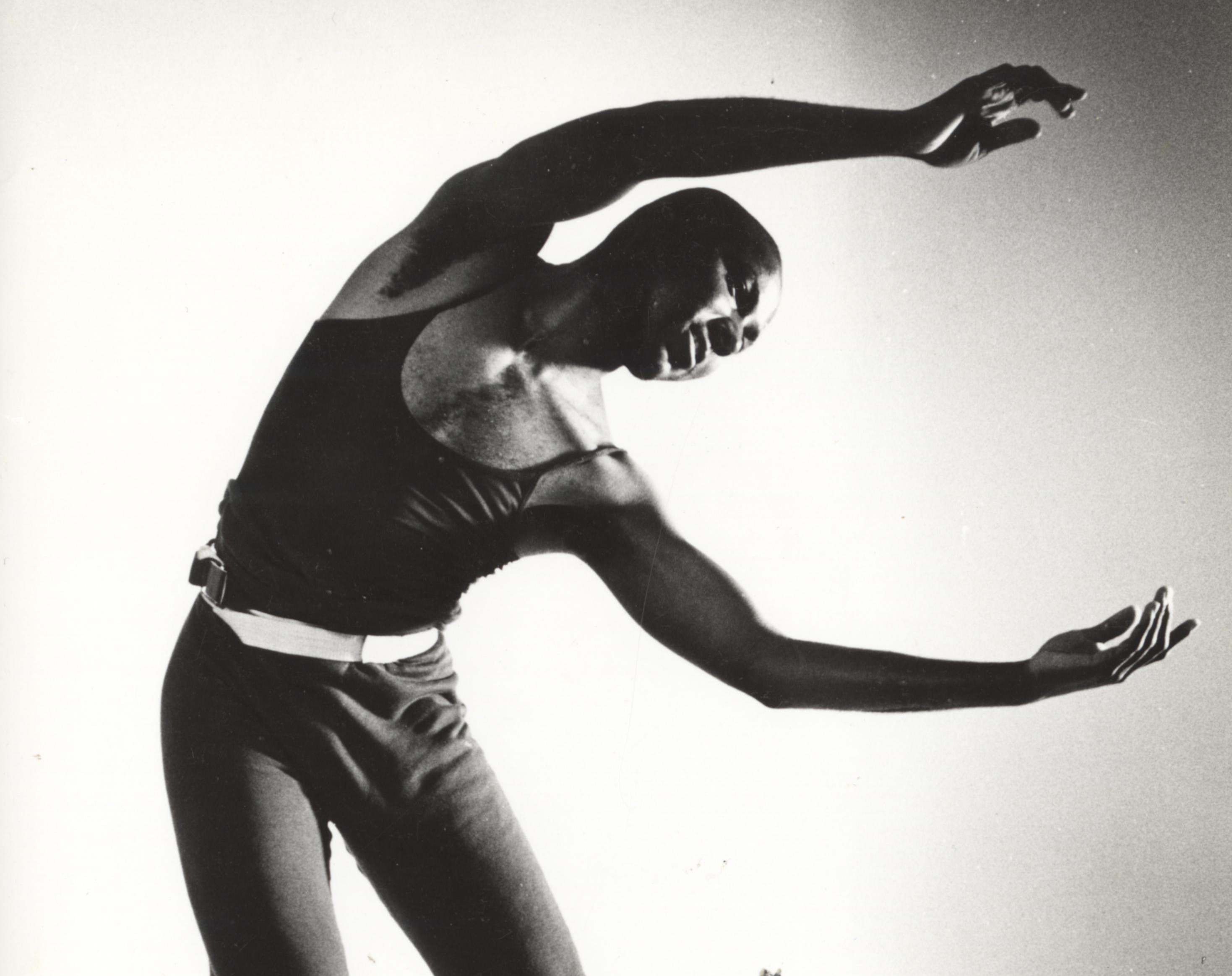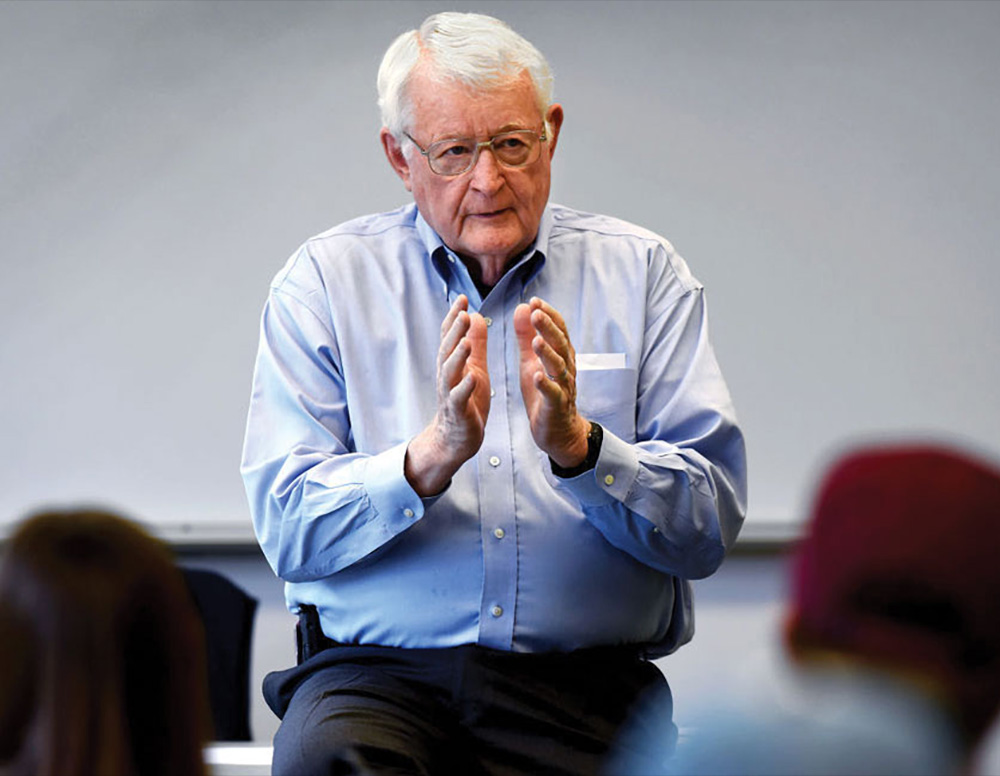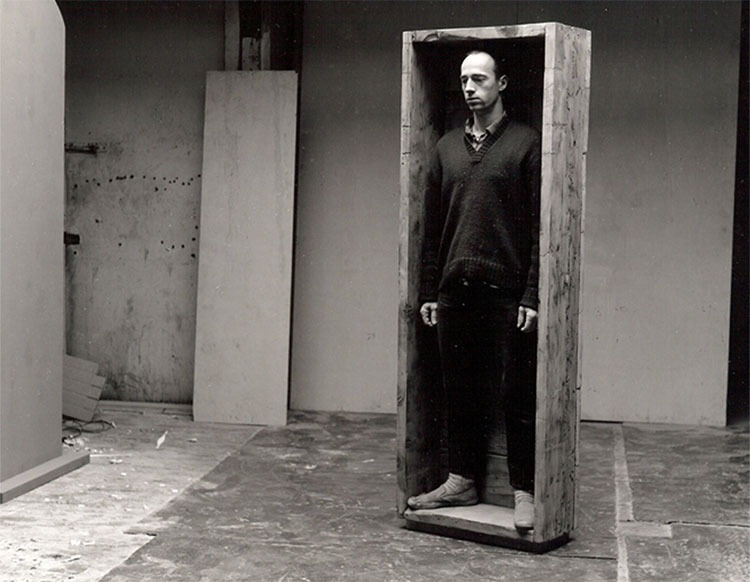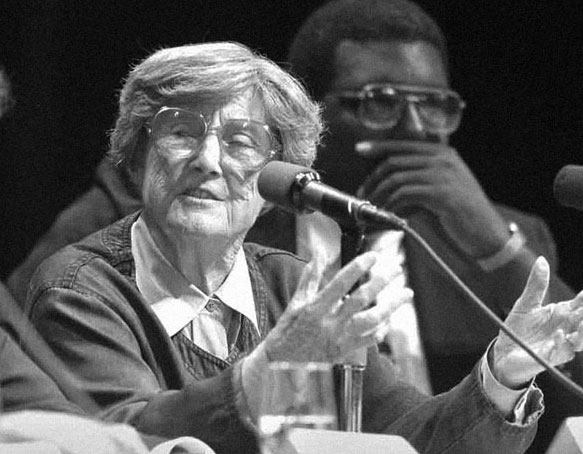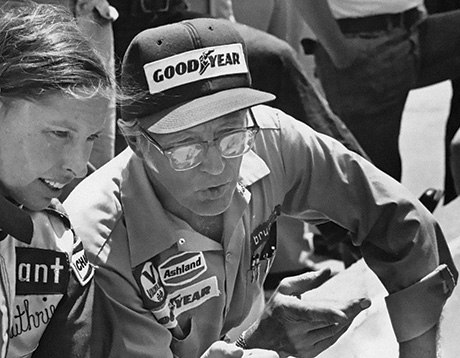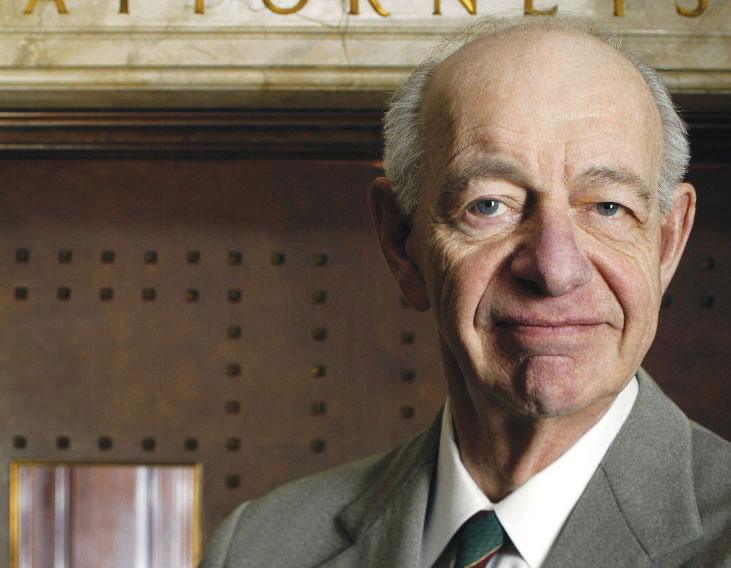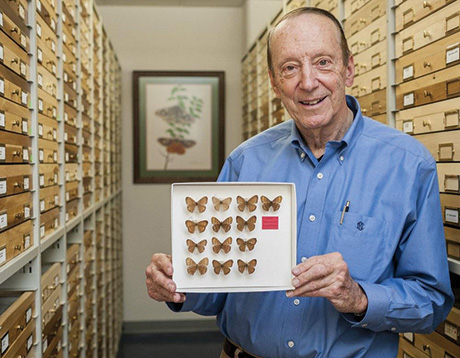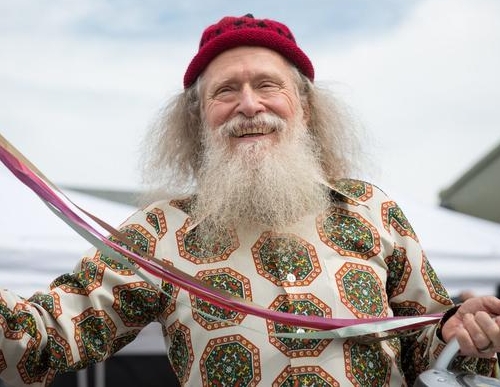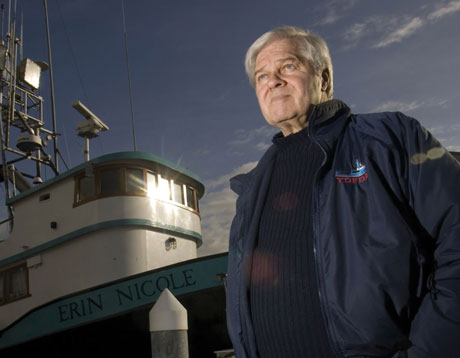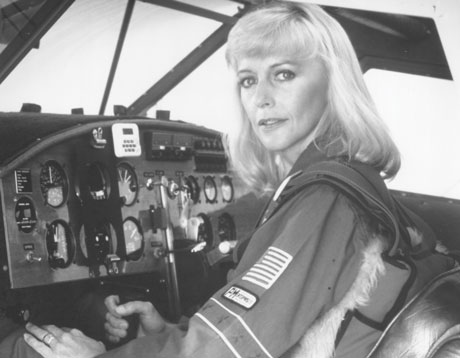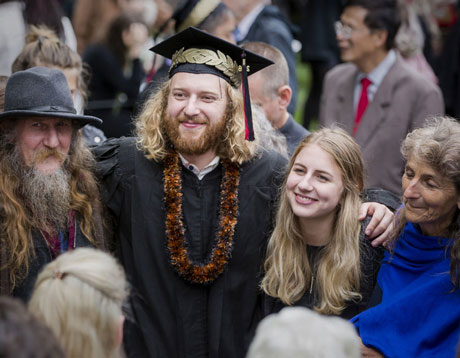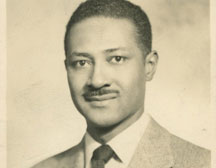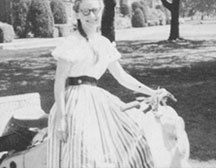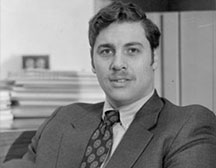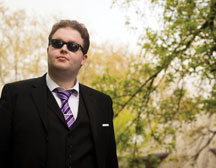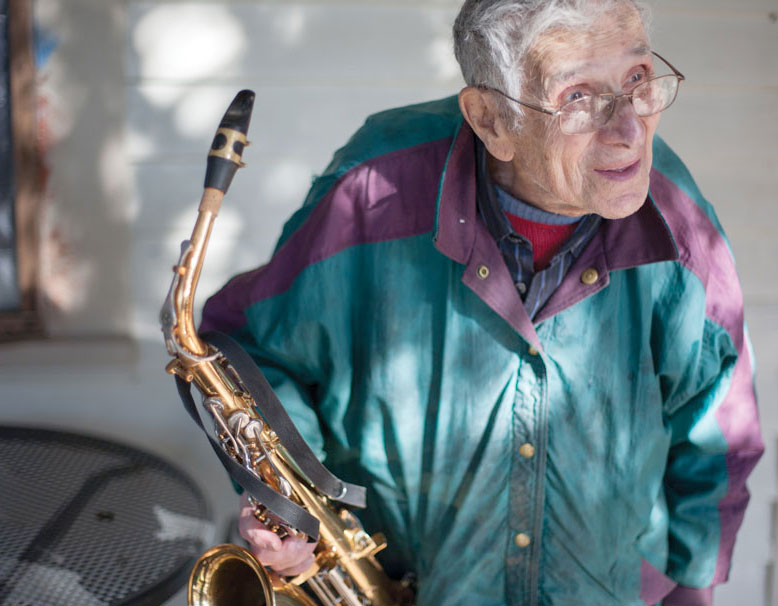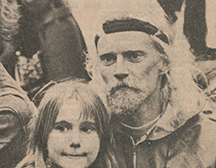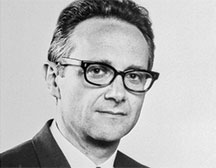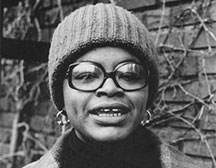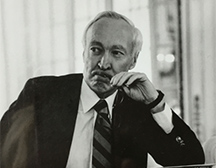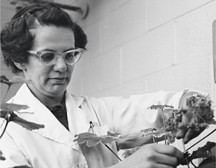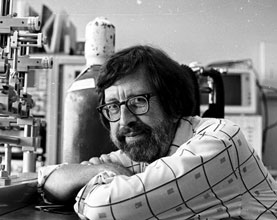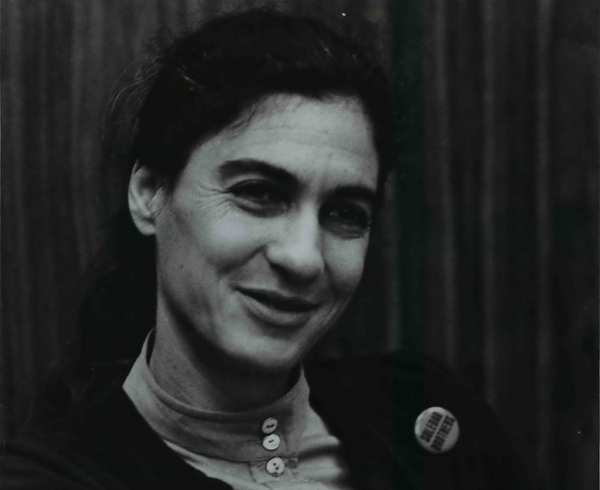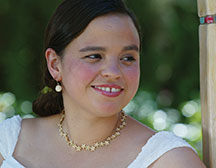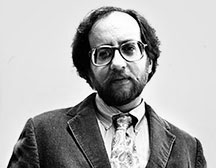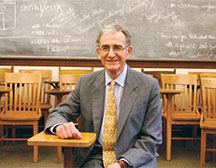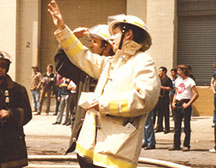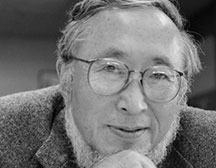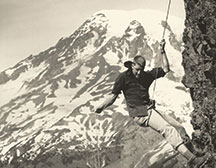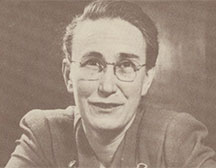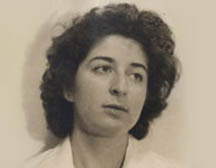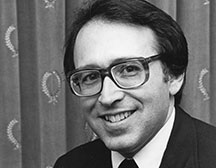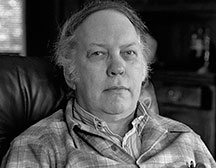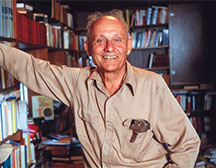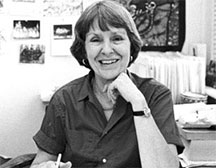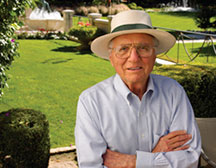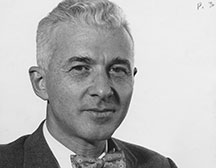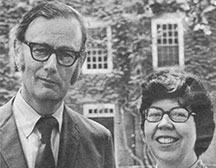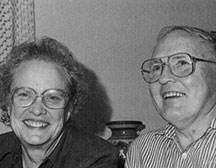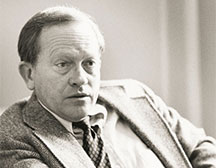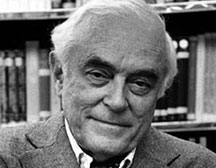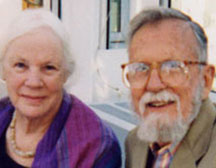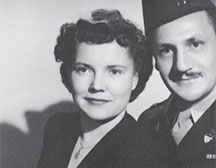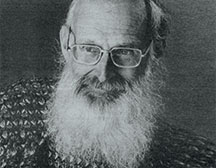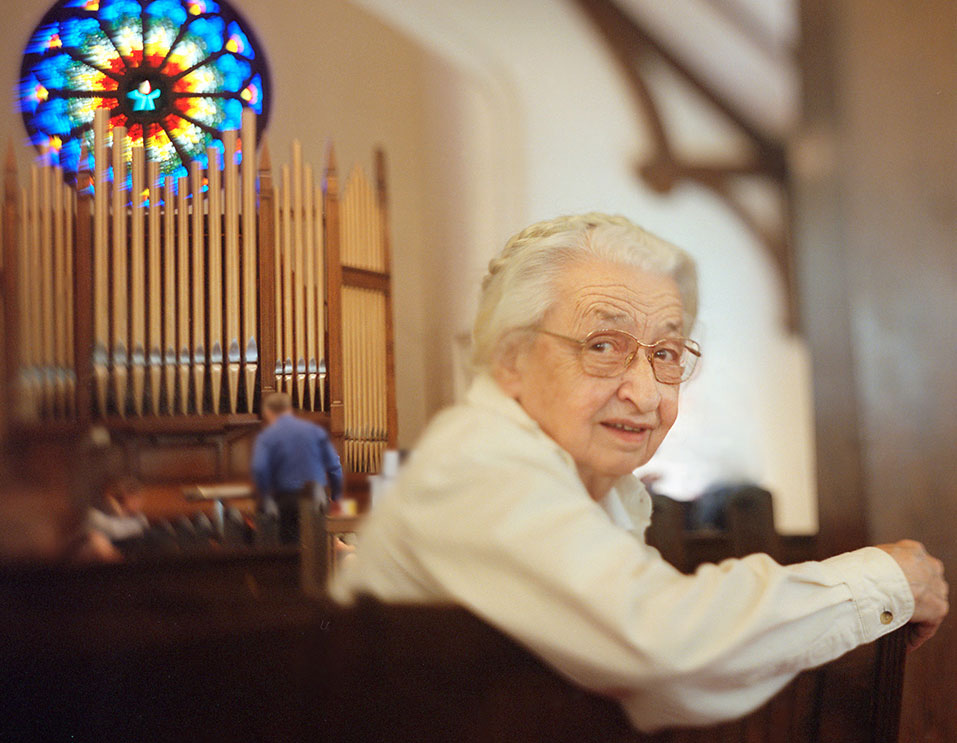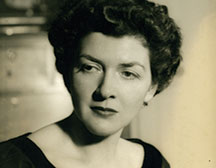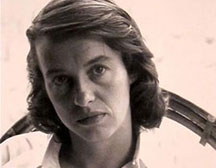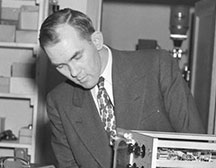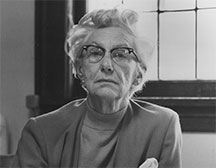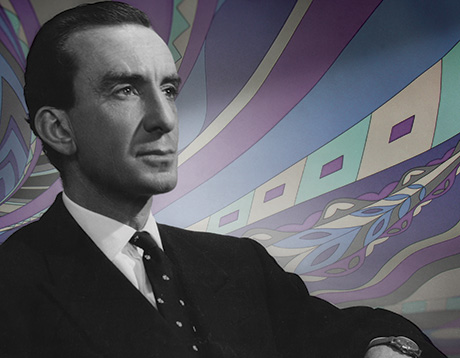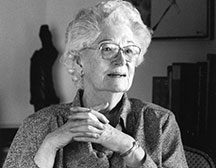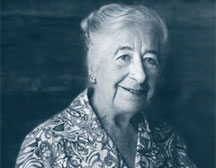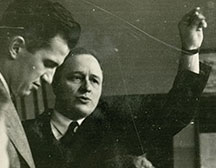Kenneth Edward Davis, Faculty
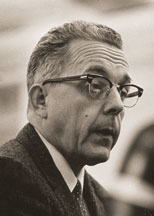
Kenneth Edward Davis, emeritus professor of physics, died February 23, 2009, from heart failure. A member of the Reed physics department for 32 years (1948–80), Davis witnessed dramatic changes both in physics and in physics education during his career. He earned his academic degrees at Kalamazoo College, Syracuse University, and the University of Rochester, where he taught physics for three years; he also worked on the Manhattan Project.
Davis was intrigued by the so-called “close pair effect” in nuclear physics and obtained a large quantity of photographic plates that has been carried aloft by balloons to a high altitude and thus exposed to cosmic rays. In the ’50s, he had teams of Reed students working with these nuclear emulsions in an effort to document the phenomenon. He also taught the second-year physics class for many years, which featured some experiments involving mercury. Former students still recall his oft-repeated caution, “Mercury is a cumulative poison.” Each summer he diligently got on his hands and knees and varnished the floor of his lab in Eliot Hall to seal in any errant droplets (which may explain certain peculiarities about Eliot Hall).
The launch of Sputnik in 1957 precipitated a national obsession with the teaching of physics. Davis was an active member of the Physical Sciences Study Committee, which developed the first modern high school physics curriculum, and directed a series of in-service and summer institutes for physics teachers, under the auspices of the National Science Foundation.
He was an inspiration to several generations. In letters, in the Winter 2009 issue of Reed magazine, Marvin Lehr '54 wrote appreciatively: “In one of Professor Davis' second-year lectures, a student complained that the subject matter was too difficult to understand. I thought Davis showed remarkable restraint and empathy when he replied, 'learning science is like climbing a spiral staircase. If you drop a plumb as you ascend the stairs you will observe that it traces a circle.' He went on to explain that the circle represents the subject matter. As you climb farther you repeat again and again the subject matter, but it becomes more rigorous and difficult each time. Hence, a deep understanding of scientific knowledge is not something you easily achieve in a few college courses.”
Although short in stature, Davis could be an imposing presence. “I was a little afraid of him at first,” says Herschel Snodgrass ’59, who taught physics at Reed in the mid-’80s. “Later on I came to realize that he was stern because he really cared about his students and wanted us to become good scientists. He was a great teacher who really inspired me.” Davis had a legendary passion for precision.
“I was always amazed at his penmanship on the blackboard,” says Jim Borders ’63. “I also remember getting an exam back (during the mechanics part of the course). The last problem involved a complicated system of ropes, pulleys, weights and inclined planes. He had written 'ISOLATE' in big red letters across my solution to the problem. Of course one of my cohorts had it even worse. Dr. Davis had written 'ISOLATE' at least 10 times across his solution. In retrospect, what I learned then was to help me from then on. When you have a complicated problem, whether it's physics or something completely different, break the problem down into simpler pieces.”
This approach to problem solving was one of the most memorable things about Davis. “Even now I can see Dr. Davis standing before the blackboard admonishing us to 'Draw a picture. Draw a circle around the object of interest. Draw in ALL the forces acting ON the object,'” says Howard Shafer ’63, who decided to major in physics because of Davis. “He taught me that using logic and discipline, I might someday be able to understand the whole universe. I tried to pass his excitement on to my own students.” Howard was nearly drafted in 1961 after he had taken a leave of absence from Reed to do missionary work in Germany; apprised of the situation, Davis sent a telegram stating that he had been readmitted with a Baker Scholarship—a telegram which persuaded the draft board to leave Howard alone.
Davis also encouraged woman students. “Women in physics were rare in those days and Dr. Davis was a helpful and supportive instructor, which was much appreciated when one was immersed in a large group of competitive guys,” says Ellen Calver Mickanin ’74, who wrote her thesis with Davis and went on to a career in electron optics. “He introduced me not just to the theory and equations of physics, but to the larger community of physicists and engineers. Dr. Davis played a very influential role both in my career and in my life.”
Davis maintained contact with physics majors long after graduation, and arranged get-togethers at meetings of the American Physical Society. Says Charlotte Benedict Ernst ’63: “One of my lasting memories was of Ken at the annual American Physical Society/American Association of Physics Teachers meetings in the early years following our graduation from Reed in 1963. Ken was always the person who maintained contact with the physics grads. Each year, prior to the annual meeting, he would send out a request for information on our current status. Then, during the annual meeting, he (sometimes with Bill Parker [physics 1948–79]) would host an evening get-together for Reedies, old and new. People would drop by during the evening to reminisce, talk about current happenings, etc. Whenever someone would ask about anyone not present, Ken would pull out a stack of postcards, all neatly alphabetized and held together with rubber bands, find the appropriate card and relay the information thereon.”
In 1974, Davis suffered a serious heart attack, and underwent open-heart surgery. He recovered completely, resumed teaching, and enjoyed good health until a week before his death. In retirement, he lived with his wife, Lurena B. Davis, in Milwaukie, Oregon. The couple had three sons. “I knew him best as a Boy Scout Troop 7 dad,” said his former Eastmoreland neighbor Richard H. Lindquist. “He contributed greatly to the success of the troop with expertise and good humor, and we had a number of good times on campouts (often in the rain).”
In 1999, Ed Gion ’59 and his wife, Irene, established the Kenneth E. Davis Scholarship in his honor. Ed characterized Davis as a caring professor, who deeply affected his life and career. “With all the bright young people attending Reed at the time, I was not a top-notch student. However, Professor Davis never treated me like I was less worthy of his attention.”
When he wasn't teaching, Davis found time to serve as council representative of the Oregon Section of the American Association of Physics Teachers, receiving a Distinguished Service Citation. In 1976, he was elected President of the national AAPT. He was a cofounder and council member of the Pacific Northwest Association of College Physics. Davis' hobbies included colorimetry, the quantitative study of color perception, and music. He was an enthusiastic participant in campus activities, and is fondly remembered by old-timers for his performances in Herb Gladstone's [1946–80] annual Gilbert & Sullivan performances.
At the time of his death, Davis' wife, Lurina, requested that memorial contributions be made to the Kenneth E. Davis Scholarship to help future students complete their studies at Reed.
Appeared in Reed magazine: August 2009
comments powered by DisqusFrom the Archives: The Lives they Led
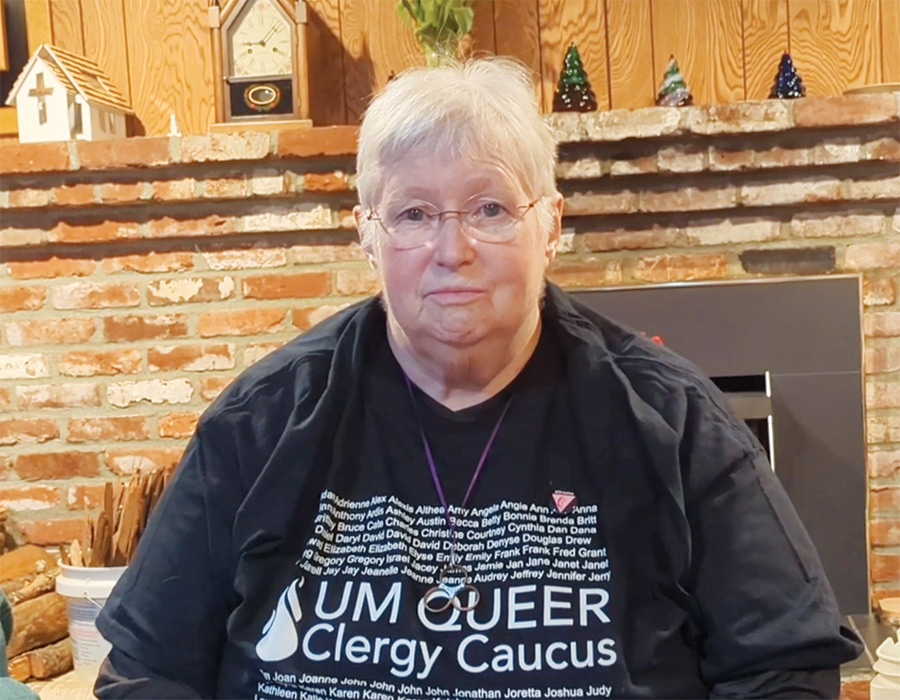
Jeanne Knepper ’69
The First Openly Gay Woman to Be Ordained and Appointed Within the Oregon-Idaho Conference of the United Methodist Church
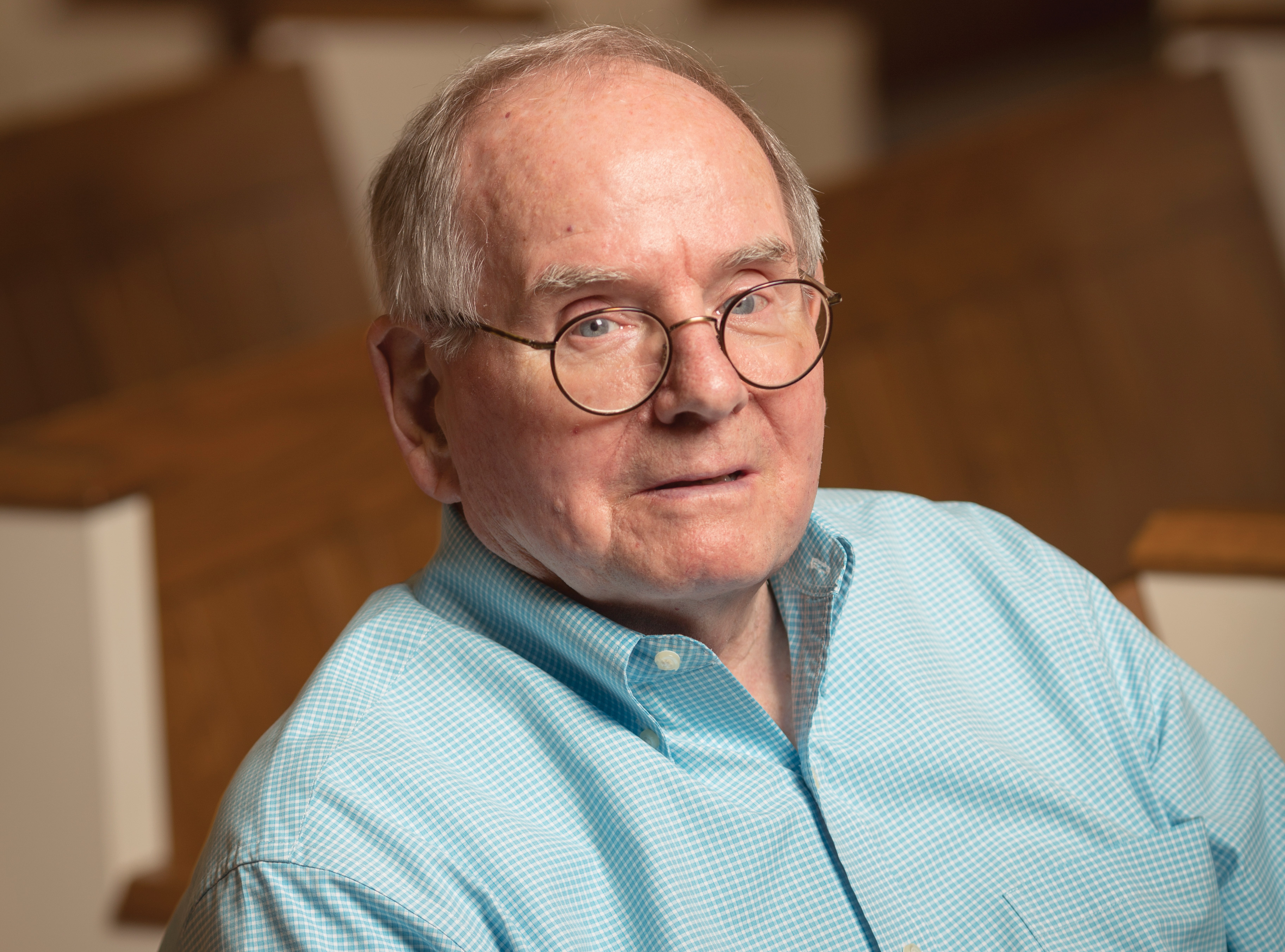
William Haden
As Acting President of Reed, He Strengthened the College's Finances and Alumni Relations
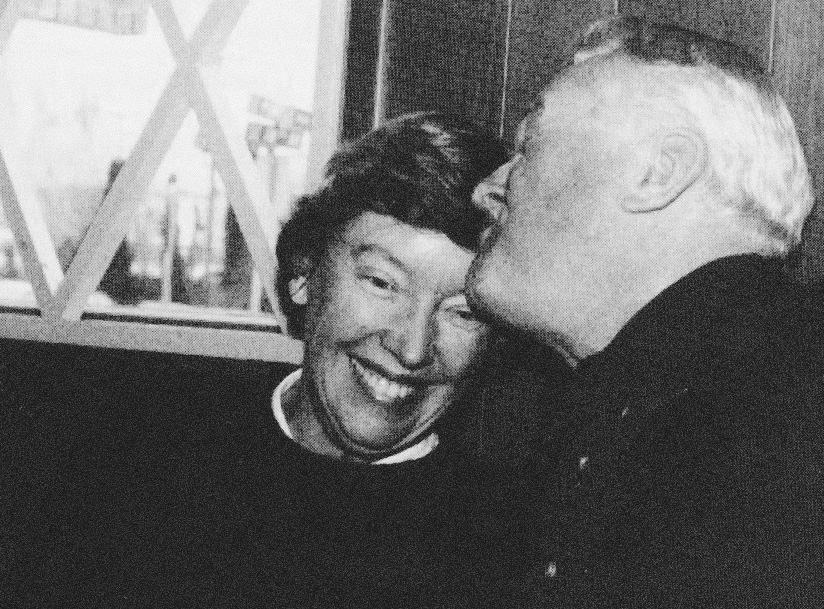
Nancy Horton Bragdon
Reed’s First Lady Whose Warmth and Leadership Were Invaluable During a Turbulent Time

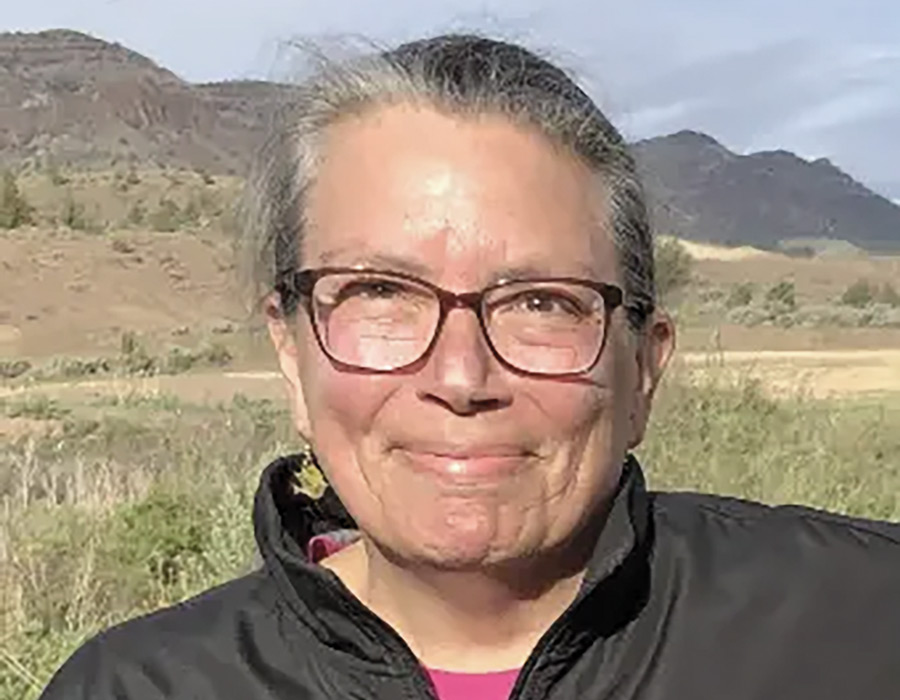
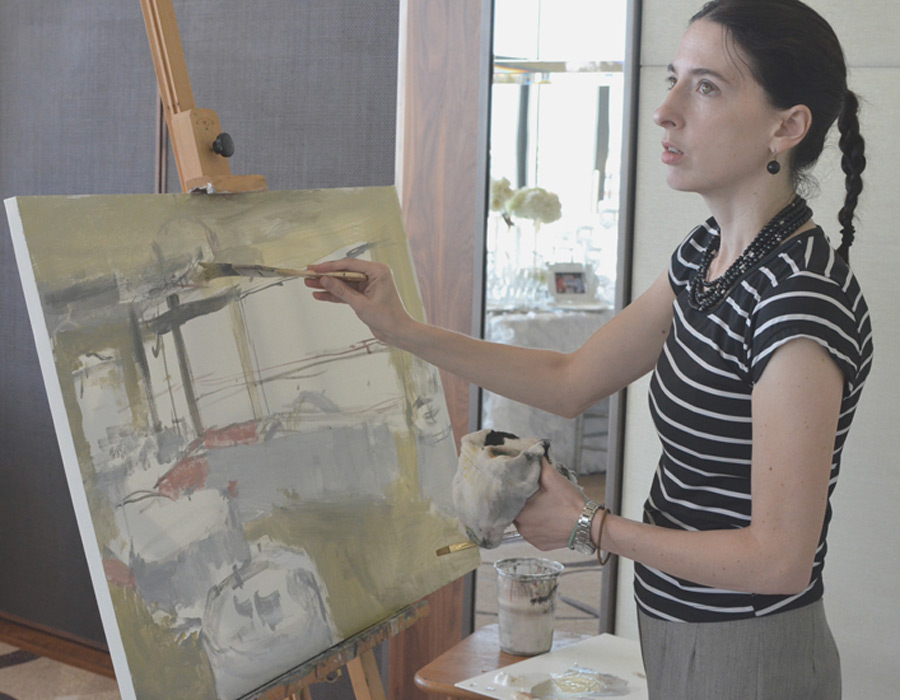
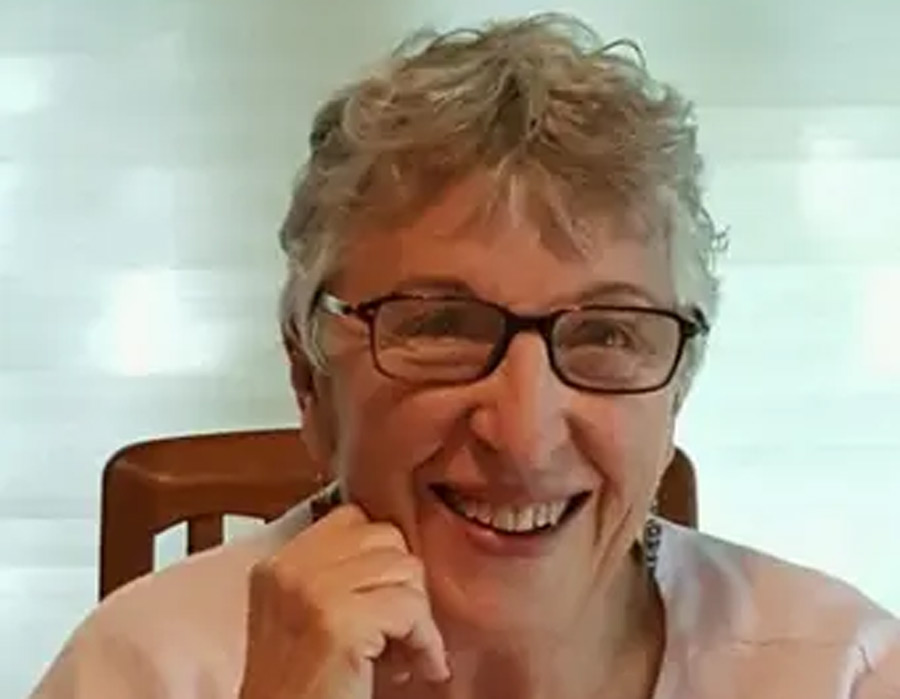
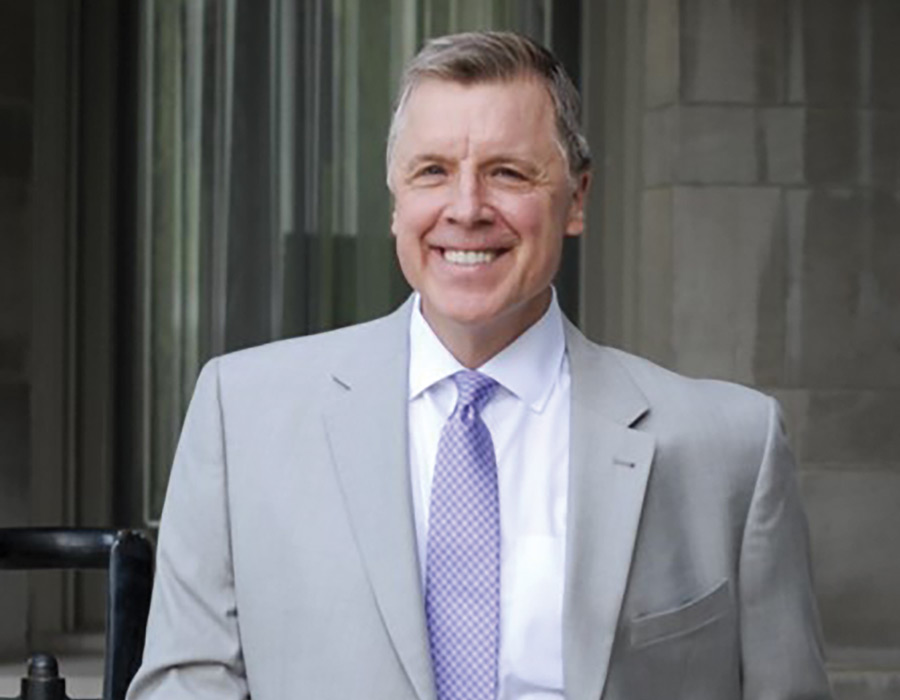
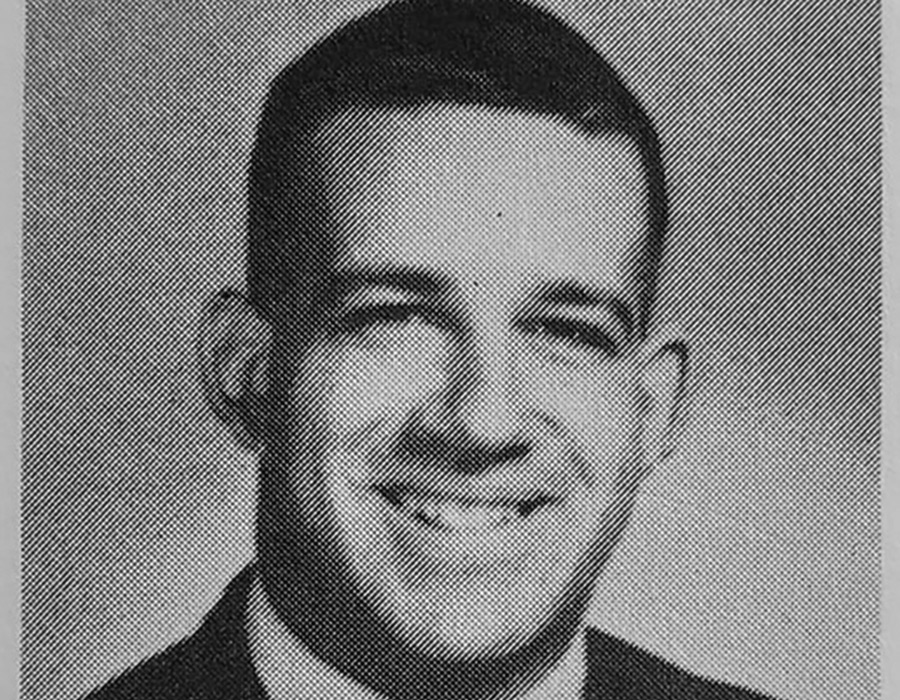
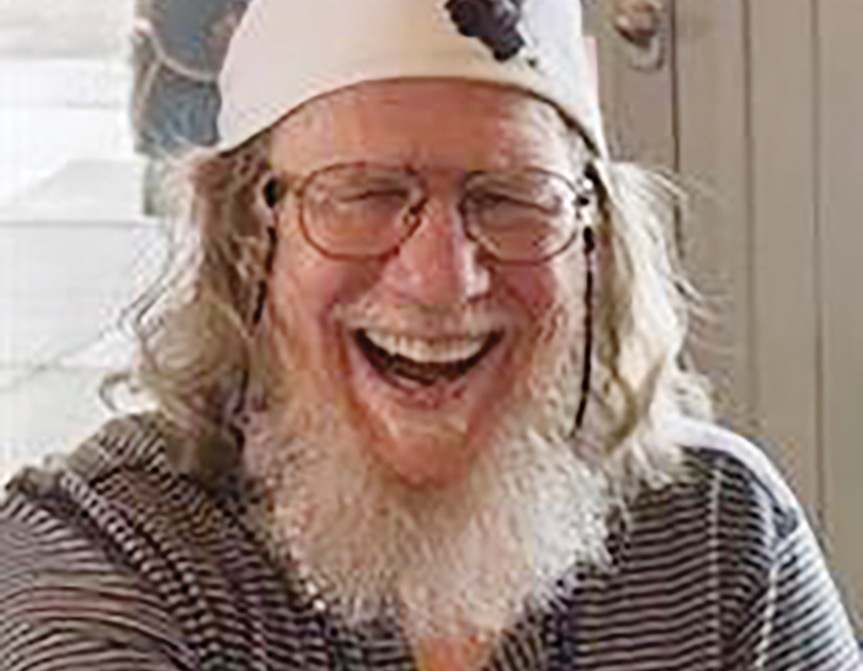
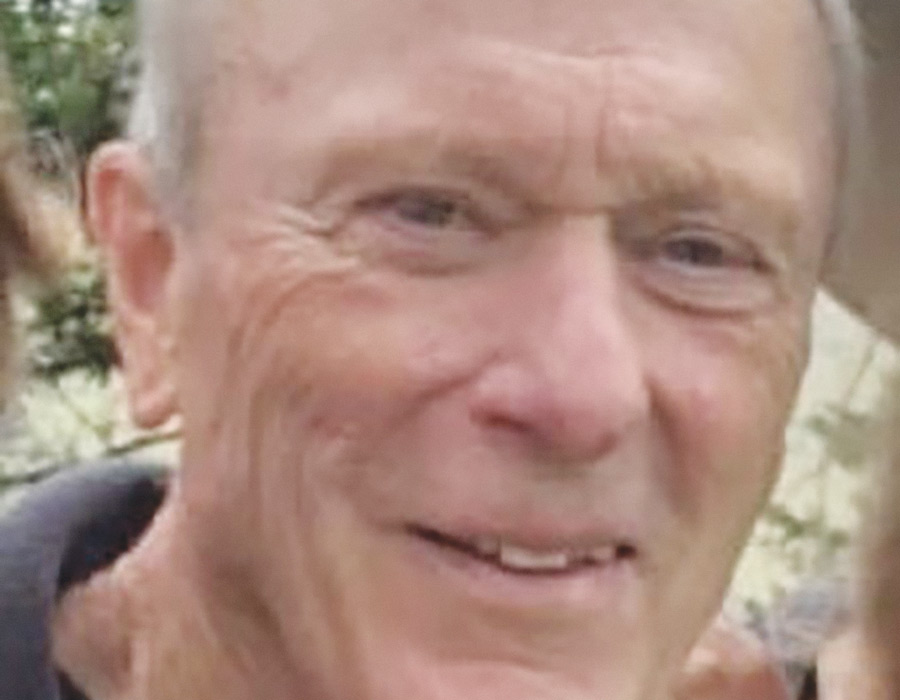
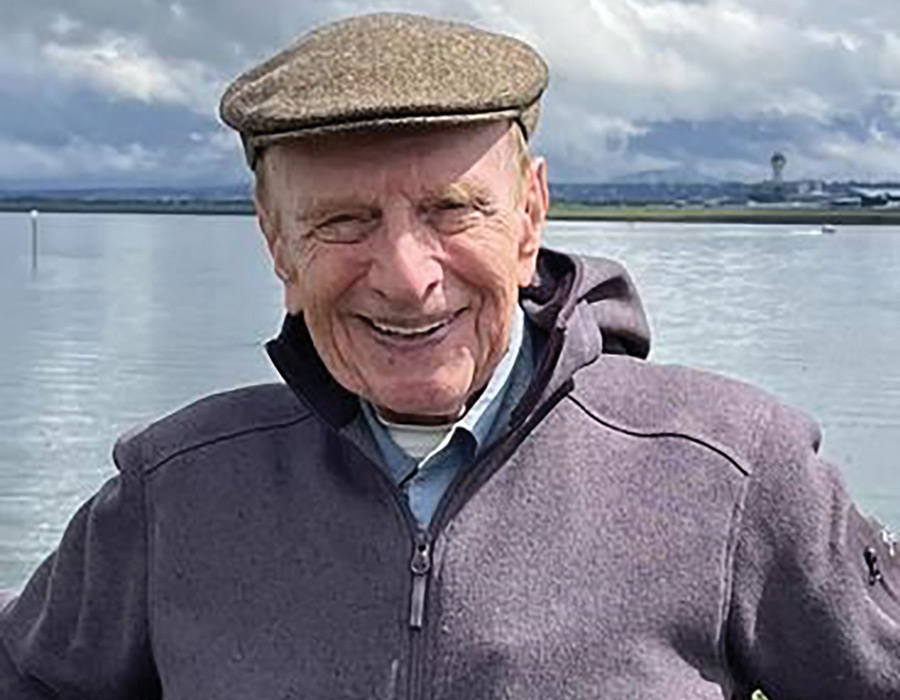
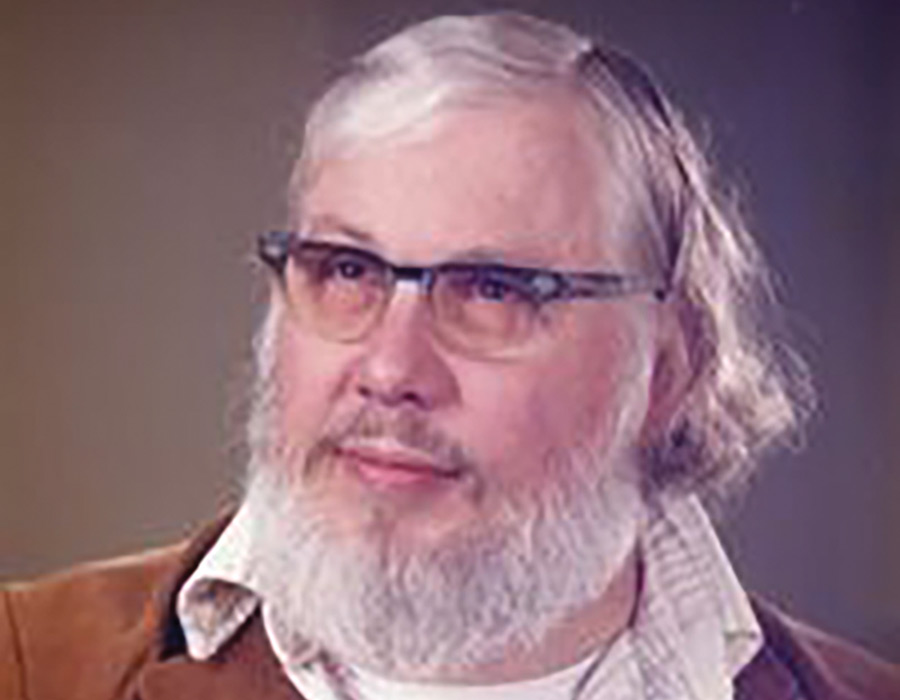
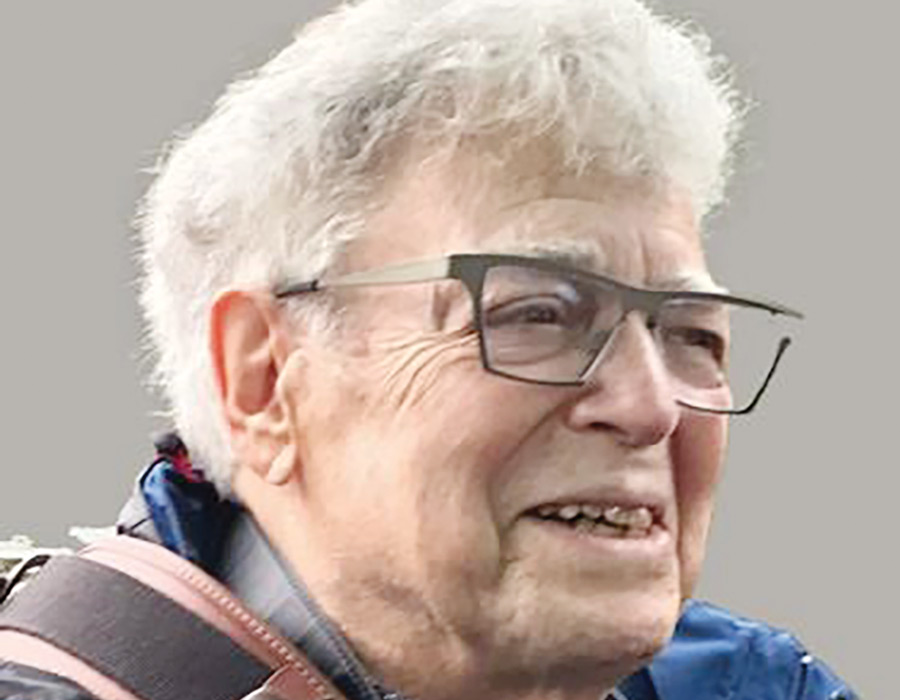
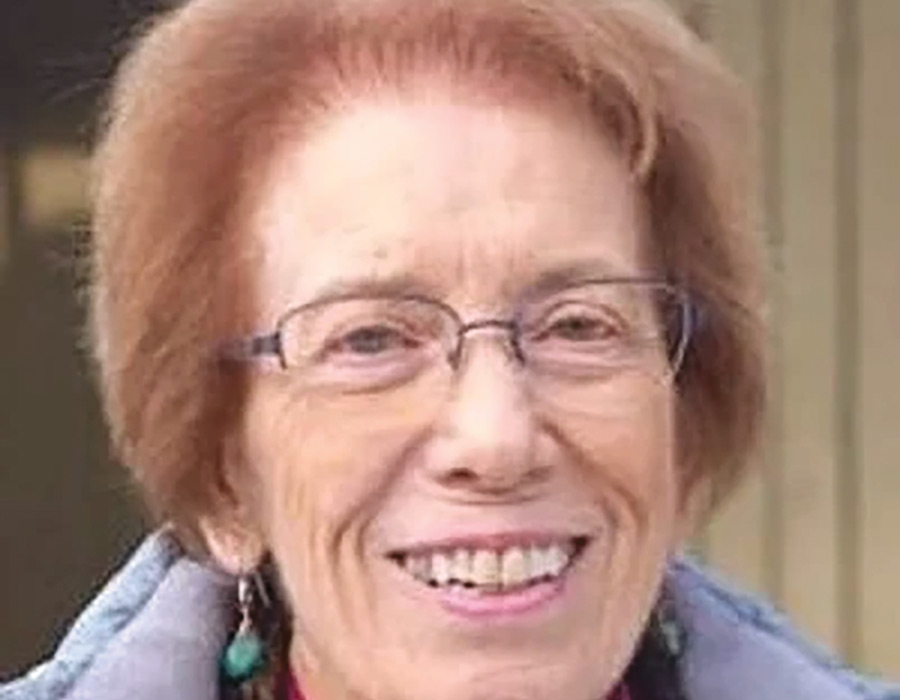
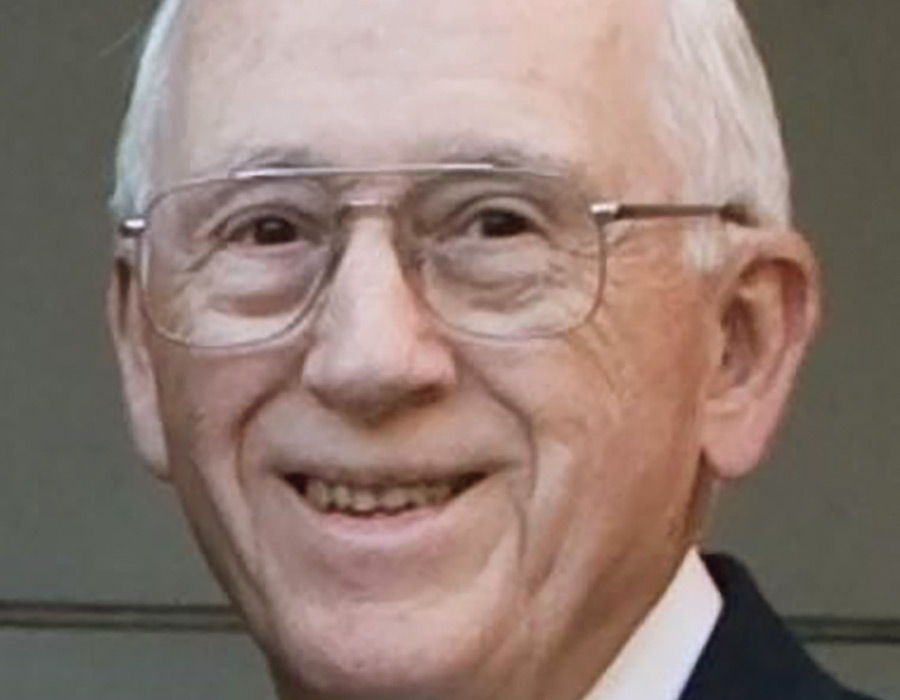
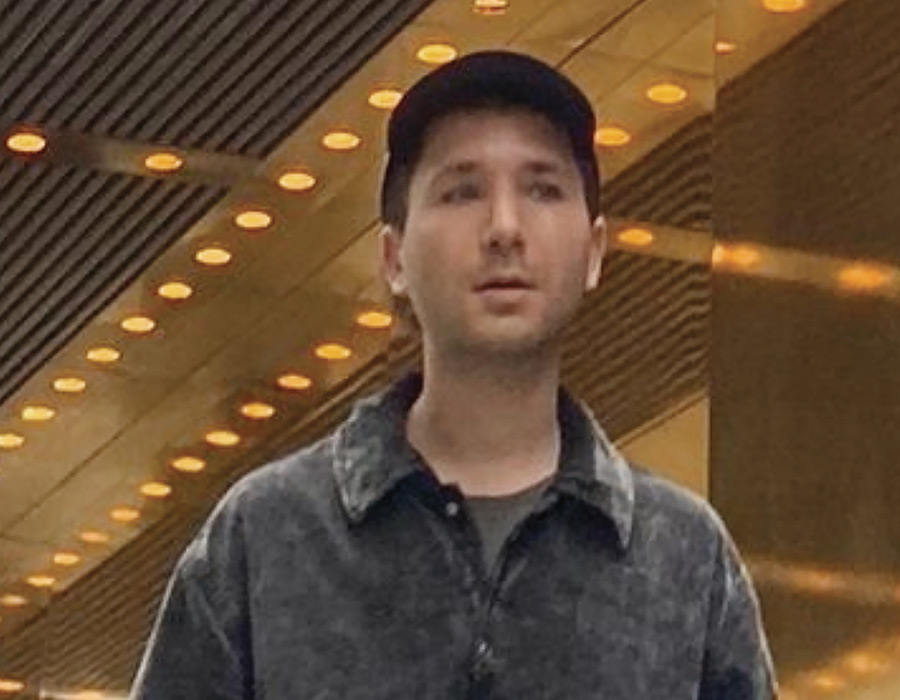
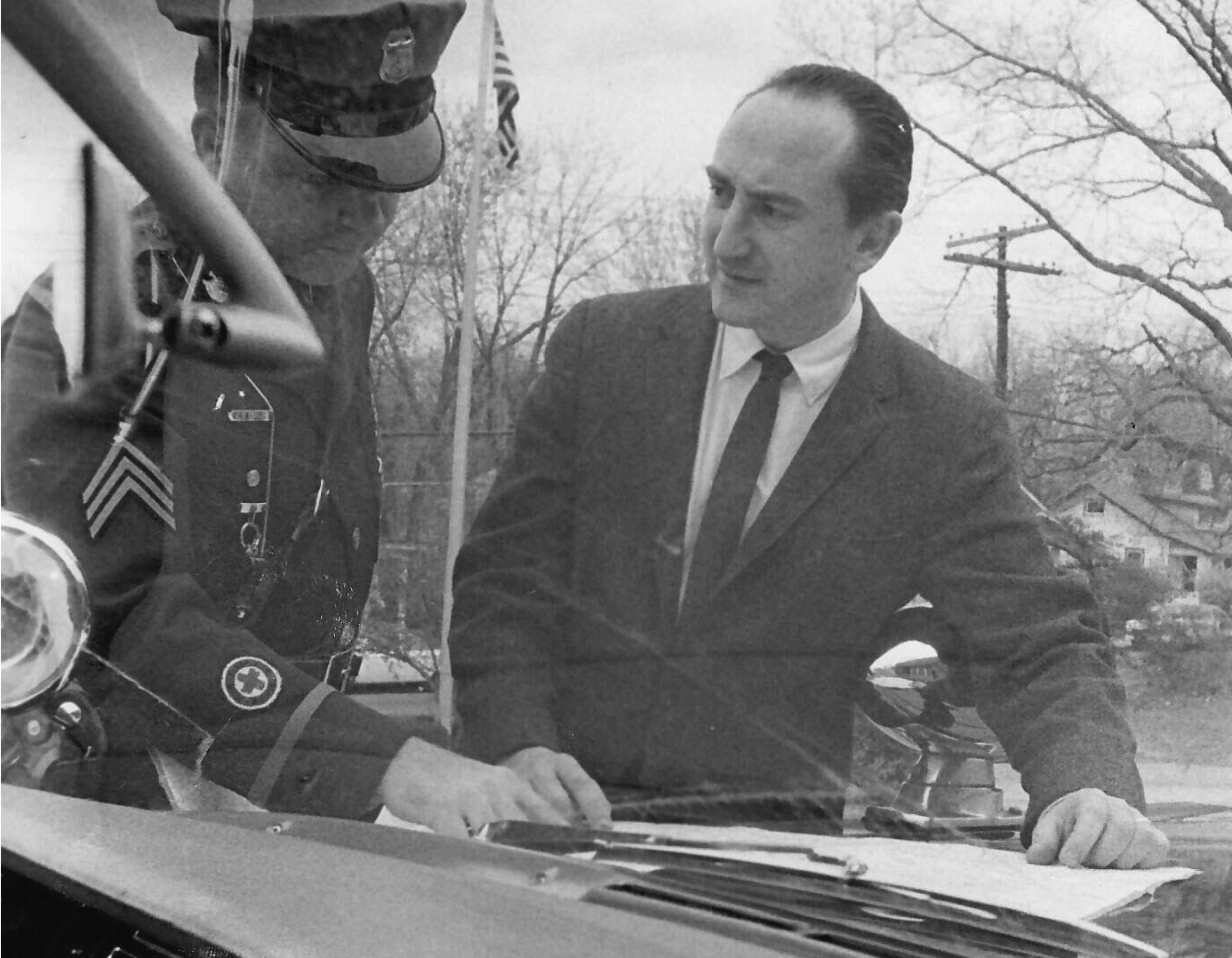
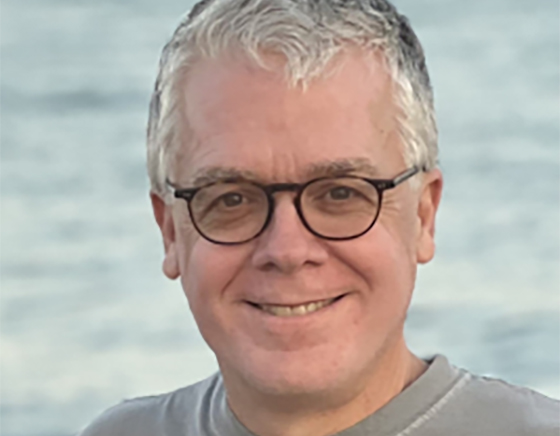
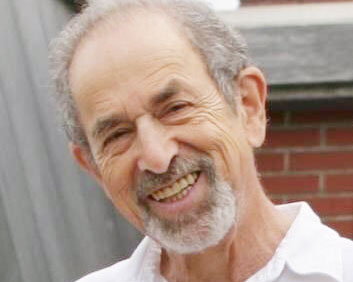
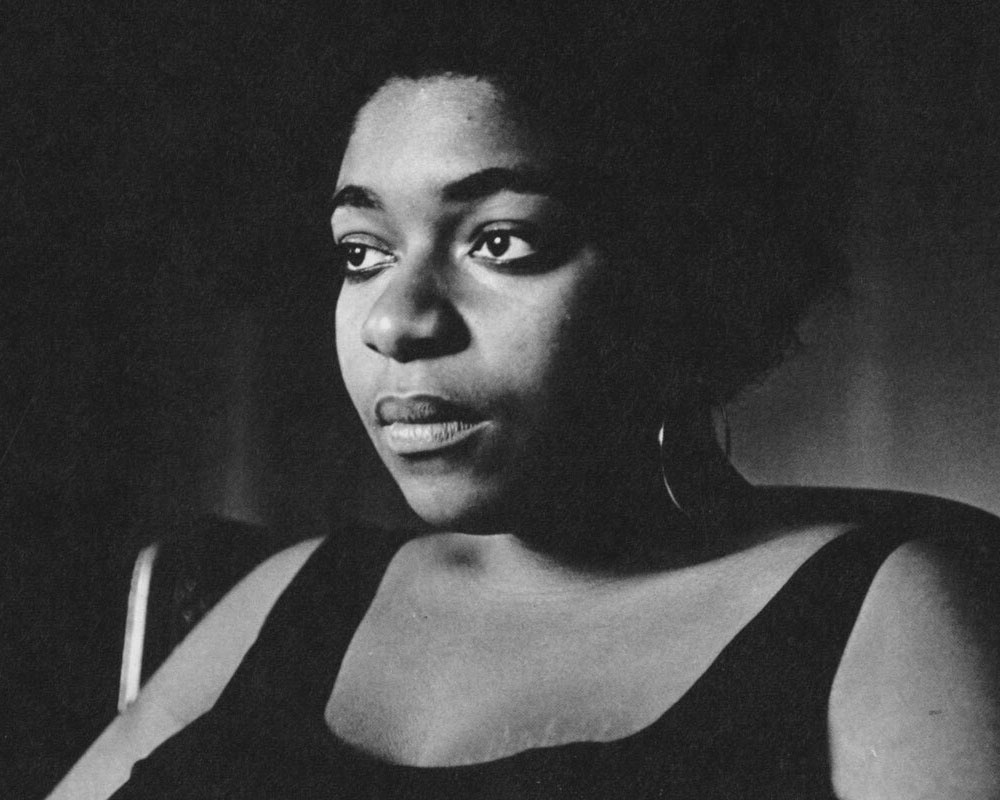
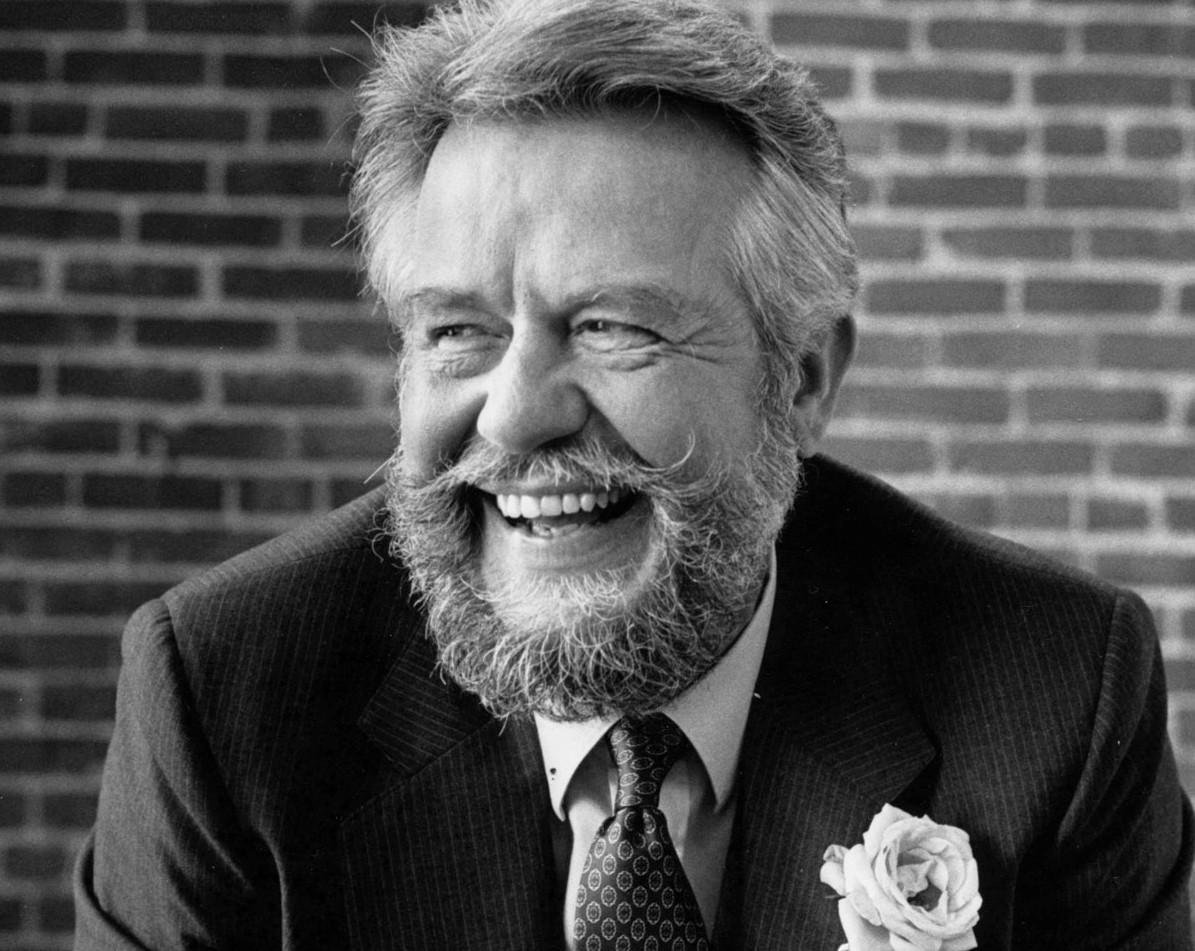
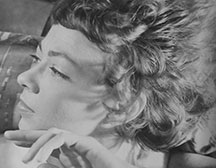
![Photo of Prof. Marvin Levich [philosophy 1953–94]](https://www.reed.edu/reed-magazine/in-memoriam/assets/images/2022/LTL-levich1.jpg)
![Photo of President Paul E. Bragdon [1971–88]](https://www.reed.edu/reed-magazine/in-memoriam/assets/images/2020/Bragdon.jpg)
![Photo of Prof. Edward Barton Segel [history 1973–2011]](https://www.reed.edu/reed-magazine/in-memoriam/assets/images/2020/Segel.jpg)
